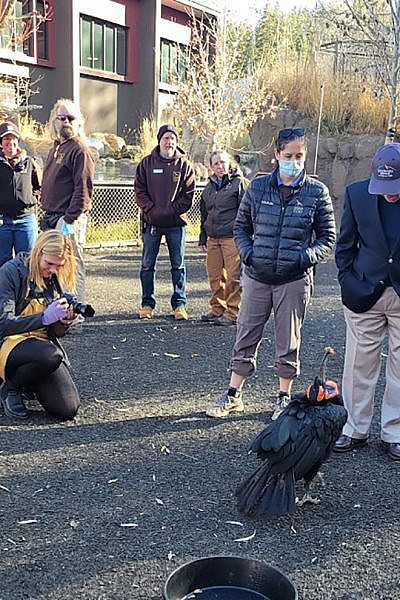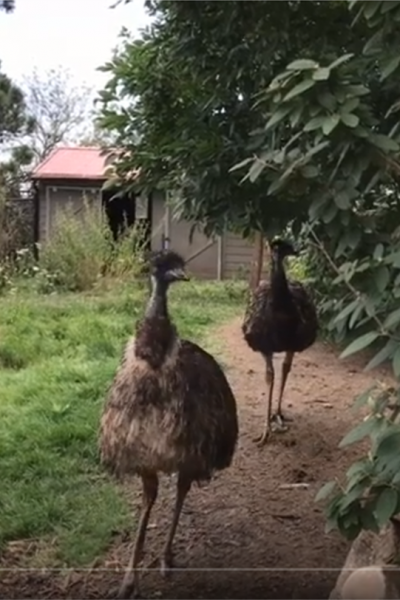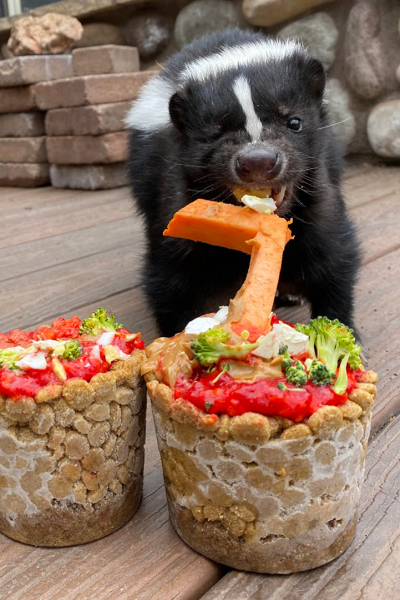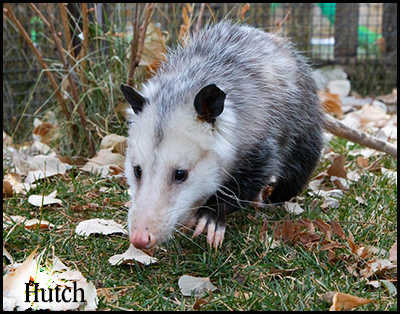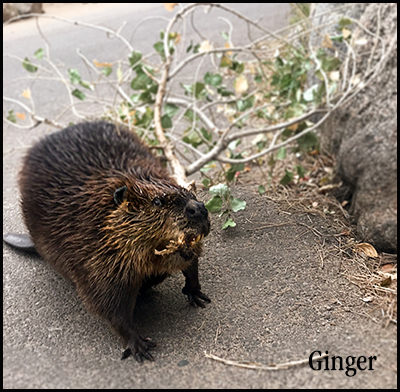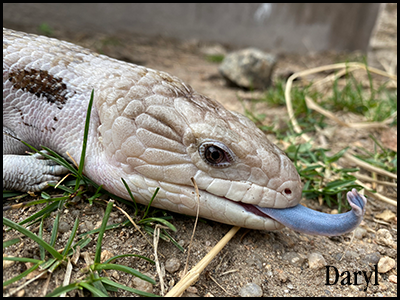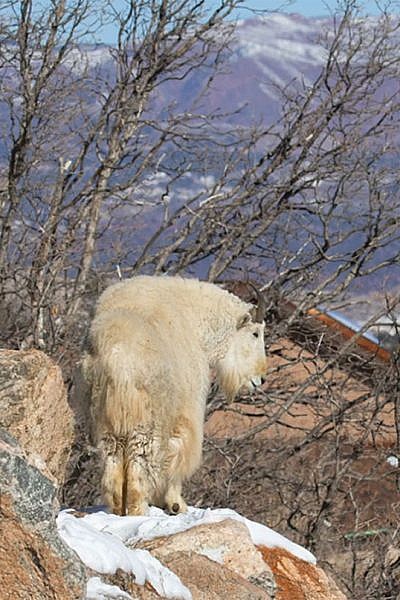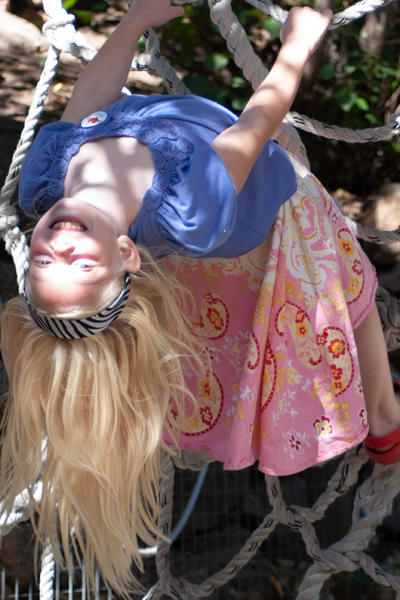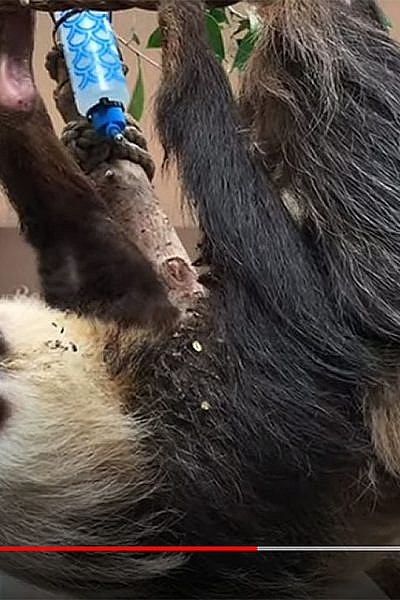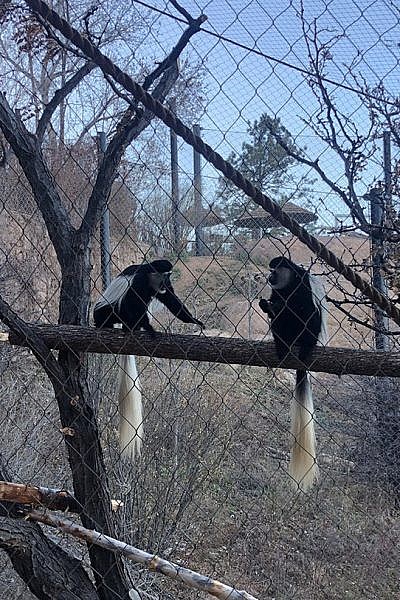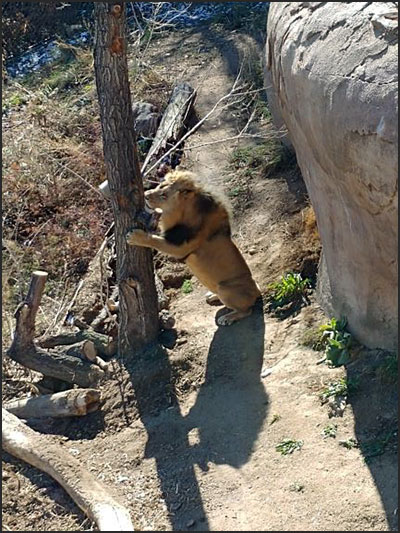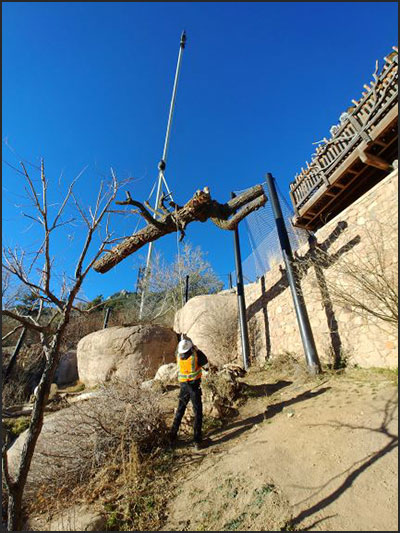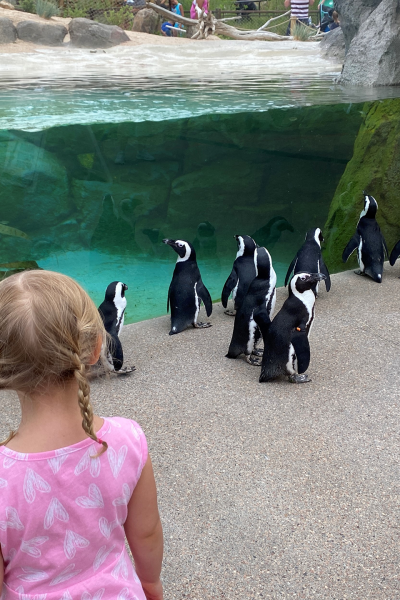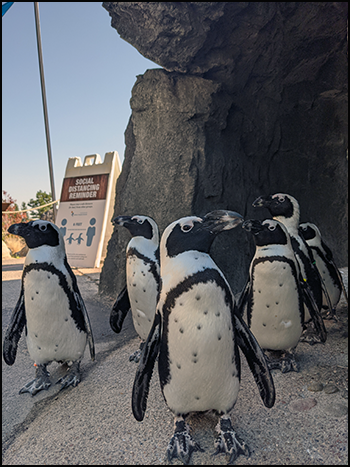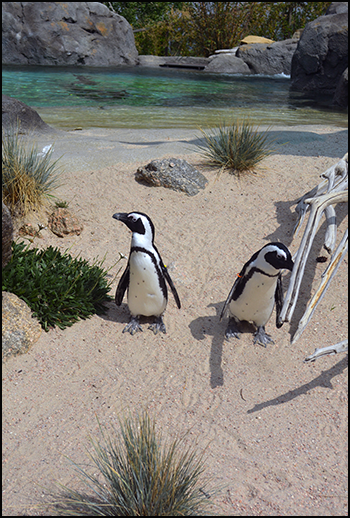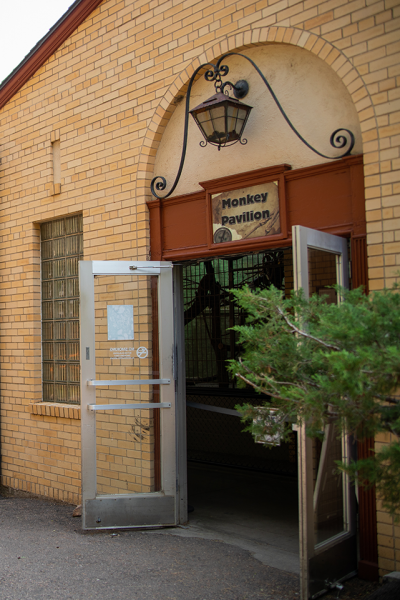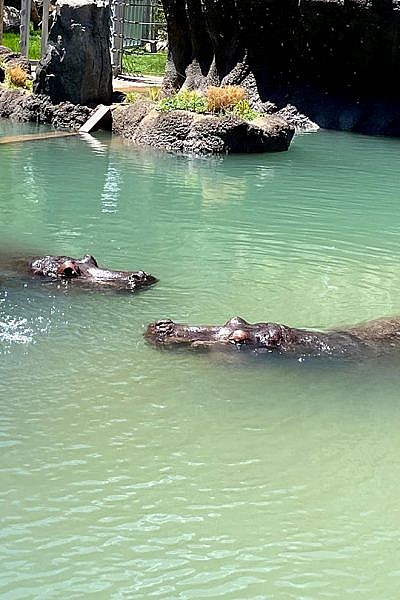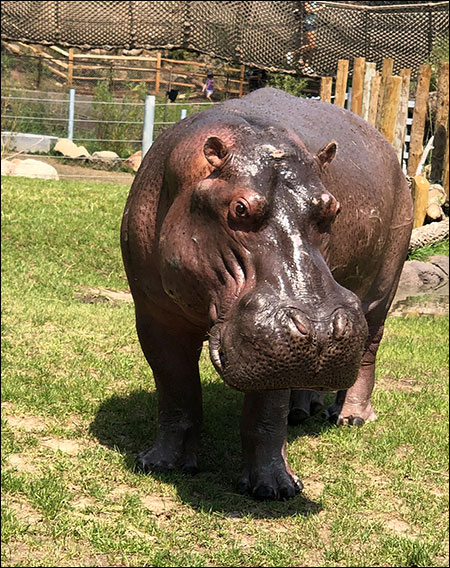Cheyenne Mountain Zoo has earned an incredibly rare clean report of inspection and its seventh consecutive five-year accreditation from the Association of Zoos and Aquariums (AZA). In nearly 50 years of accreditations, CMZoo is only the fourth organization to earn a ‘clean’ report, which means there wasn’t a single major or minor concern reported.
Today, Colorado Springs Mayor John Suthers joined Cheyenne Mountain Zoo President and CEO, Bob Chastain, to recognize the Zoo’s staff. Watch highlights from the recognition, here:
“The Greek philosopher, Aristotle, said, ‘We are what we repeatedly do. Excellence, therefore, is not an act, but a habit,’” said Dan Ashe, AZA president and CEO. “Congratulations to the entire team at Cheyenne Mountain Zoo. AZA accreditation is the world’s most rigorous and comprehensive standard for a modern zoo or aquarium. Achieving a completely clean accreditation inspection is extremely rare and reflects a constant commitment and dedication to excellence.”
In the zoo and aquarium profession, the AZA accreditation is considered the gold standard. There are approximately 2,800 animal exhibitors licensed by the United States Department of Agriculture (USDA), but only 242 are accredited by the AZA.
To maintain accreditation with the AZA, organizations must apply and be inspected every five years. CMZoo has been consistently accredited since 1983. The accreditation process includes a lengthy application and a multi-day on-site inspection by the Accreditation Commission, a team of accomplished zoo and aquarium professionals. The Accreditation Commission inspected 342 standards during their on-site review of the Zoo.
“This is one of those milestones that people outside of the Zoo profession may not realize is a huge deal,” said Bob Chastain, CMZoo president and CEO. “Our organization is led by a series of guiding sentiments, which we call our ‘We Believe’ statements. We believe our animals deserve the best home we can provide. We believe we can make the world a better place, and that the work we do and the way we treat people matters. We believe in holding ourselves to standards that put us above reproach. We believe people are the key to the future of wildlife and wild places. We believe every guest’s experience, from gate to gate, is crucial to our success. This accreditation wasn’t earned overnight. Six previous AZA accreditations and our dedicated staff have led us to this really amazing achievement.
“Another of our ‘We Believe’ statements is, ‘We value laughter as good medicine,’” said Chastain. “To put this clean accreditation into perspective, when I asked Dan Ashe, AZA president and CEO, for his comments about how rare this is, he joked, ‘A completely clean inspection report is so unusual, and so unlikely, it brings one word to mind — bribery!’ All kidding aside, this is rare, and we are so proud to achieve this high level of accreditation that has set a new standard of excellence for us.”
During accreditation inspections and through continuous monitoring between inspections, AZA’s rigorous, scientifically based and publicly-available standards examine the zoo or aquarium’s entire operation, including animal welfare, veterinary care, conservation, education, guest services, physical facilities, safety, staffing, finance, master and strategic planning, and governing body.
“Receiving a clean accreditation report is extremely rare, and it’s something Cheyenne Mountain Zoo staff, members and guests should take great pride in,” said Denny Lewis, AZA senior vice president of Accreditation Programs. “For nearly 25 years, I have been a part of the process to inspect about 250 zoos and aquariums in five-year rotations, and a clean report is very impressive – a rare gem. AZA first began accrediting zoos and aquariums in 1974. Since then, this is only the fourth completely clean inspection. It speaks to the high level of animal care and welfare, conservation programming, education and guest experiences that Cheyenne Mountain Zoo consistently provides.”
About Association of Zoos and Aquariums
Founded in 1924, the Association of Zoos and Aquariums is a nonprofit organization dedicated to the advancement of zoos and aquariums in the areas of conservation, animal welfare, education, science, and recreation. AZA is the accrediting body for the top zoos and aquariums in the United States and 12 other countries. Look for the AZA accreditation logo whenever you visit a zoo or aquarium as your assurance that you are supporting a facility dedicated to providing excellent care for animals, a great experience for you, and a better future for all living things. The AZA is a leader in saving species and your link to helping animals all over the world. To learn more, visit www.aza.org.
About Cheyenne Mountain Zoo
Cheyenne Mountain Zoological Society was founded in 1926. Today, Cheyenne Mountain Zoo, America’s mountain Zoo, offers comprehensive education programs, exciting conservation efforts and truly fantastic animal experiences. In 2021, Cheyenne Mountain Zoo was voted #4 Best Zoo in North America and CMZoo’s Rocky Mountain Wild was named #3 Best Zoo Exhibit in North America by USA TODAY 10Best Readers’ Choice Awards. It is Cheyenne Mountain Zoo’s goal to help guests fall in love with animals and nature, and take action to protect them. Of the 242 zoos and aquariums accredited by the Association of Zoos and Aquariums (AZA), Cheyenne Mountain Zoo is one of just a few operating without tax support. Cheyenne Mountain Zoo depends on admissions, membership dues, special event attendance and donations for funding.
